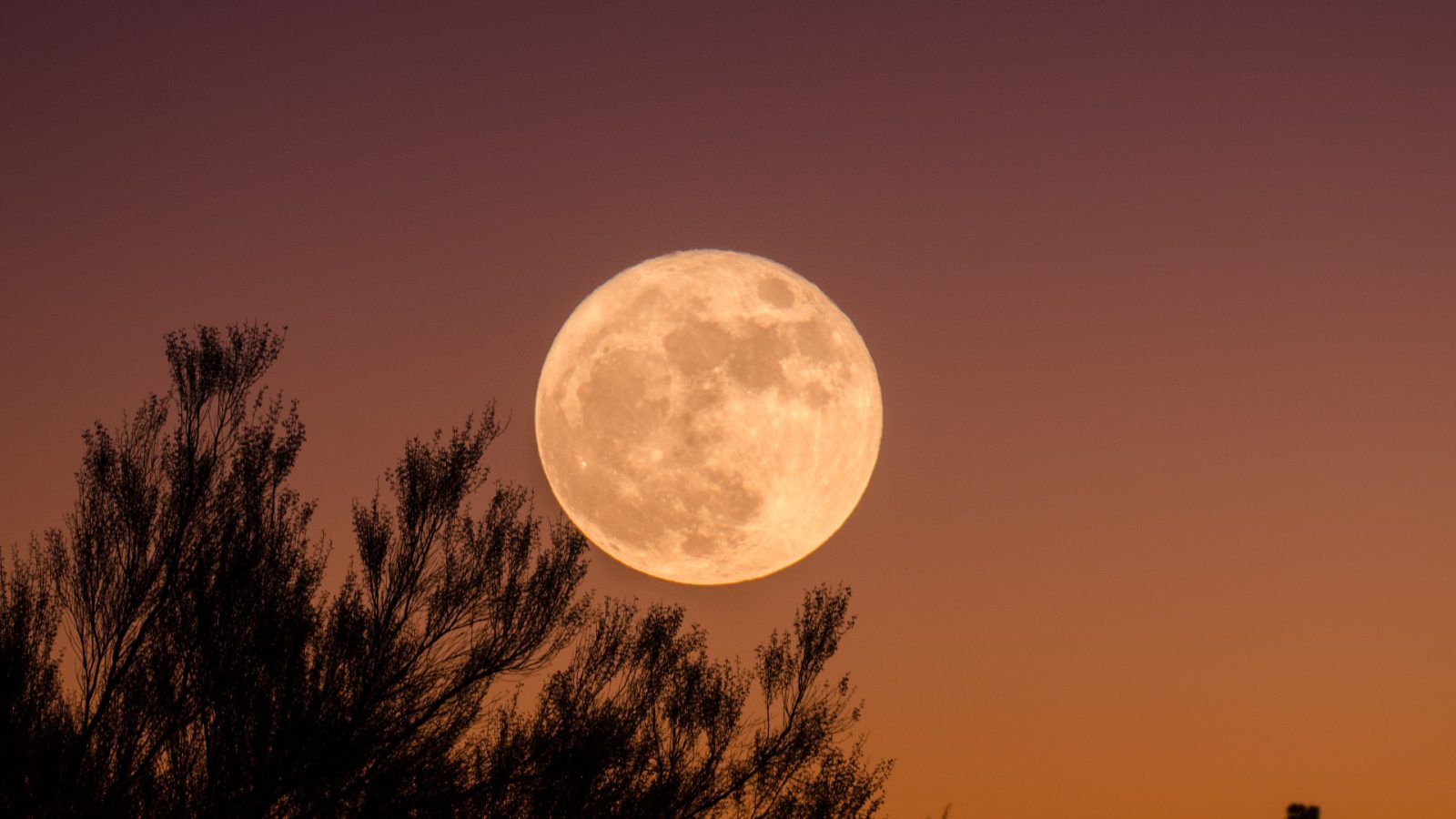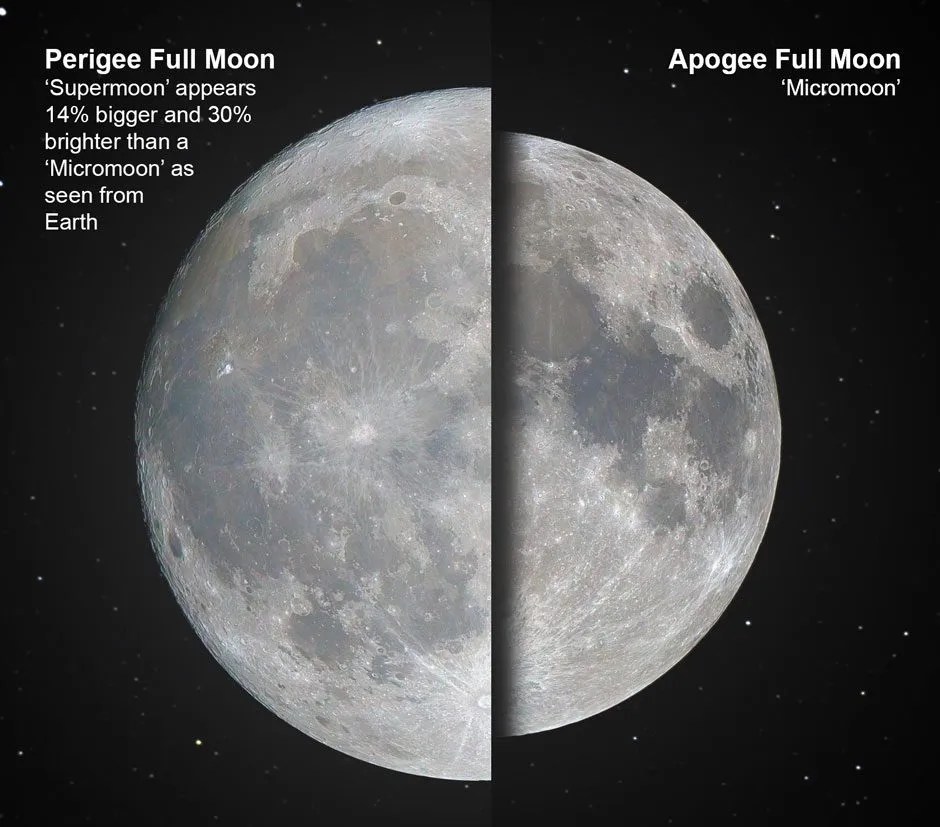
Next month is starting out with a bang! This year August will feature two supermoons, one of which will be the largest and brightest of the year. Here’s what to know…
What’s a supermoon?
Supermoons, by definition, happen “when a full moon coincides with the Moon’s closest approach to Earth in its elliptical orbit, a point known as perigee,” according to NASA.
“Different publications use slightly different thresholds for deciding when a full moon is close enough to the Earth to qualify as a supermoon,” says NASA. “Because the orbit of the moon is not a perfect circle, the Moon is sometimes closer to the Earth than at other times during its orbit.”
On average, supermoons appear around 14% bigger and 30% brighter in the night sky.

Supermoons of August
August’s first supermoon will occur on the afternoon of Tuesday, August 1, and reach peak illumination at 2:32 p.m. EDT. Time will ultimately vary depending on location. This specific supermoon is known as a Sturgeon Moon after the giant sturgeon that are typically caught in the Great Lakes this part of summer, according to The Old Farmer’s Almanac. They almost look like a cross between a nurse shark and a catfish.
For the best viewing, look toward the southeast after sunset.
The second supermoon of August will occur in the latter part of the month on Wednesday, August 30. Known as a Blue Moon, this second full Moon will be the biggest and biggest of the four supermoons this year. It’s expected to peak at 9:36 pm EST.
Looking for a decent telescope before the next supermoon? I’d recommend these options on Amazon.
Featured image: People at Fremantle War Memorial at Monument Hill in Fremantle, Australia, watch as a supermoon rises. November 14, 2016. Via: Paul Kane.
FTC: We use income earning auto affiliate links. More.




Comments